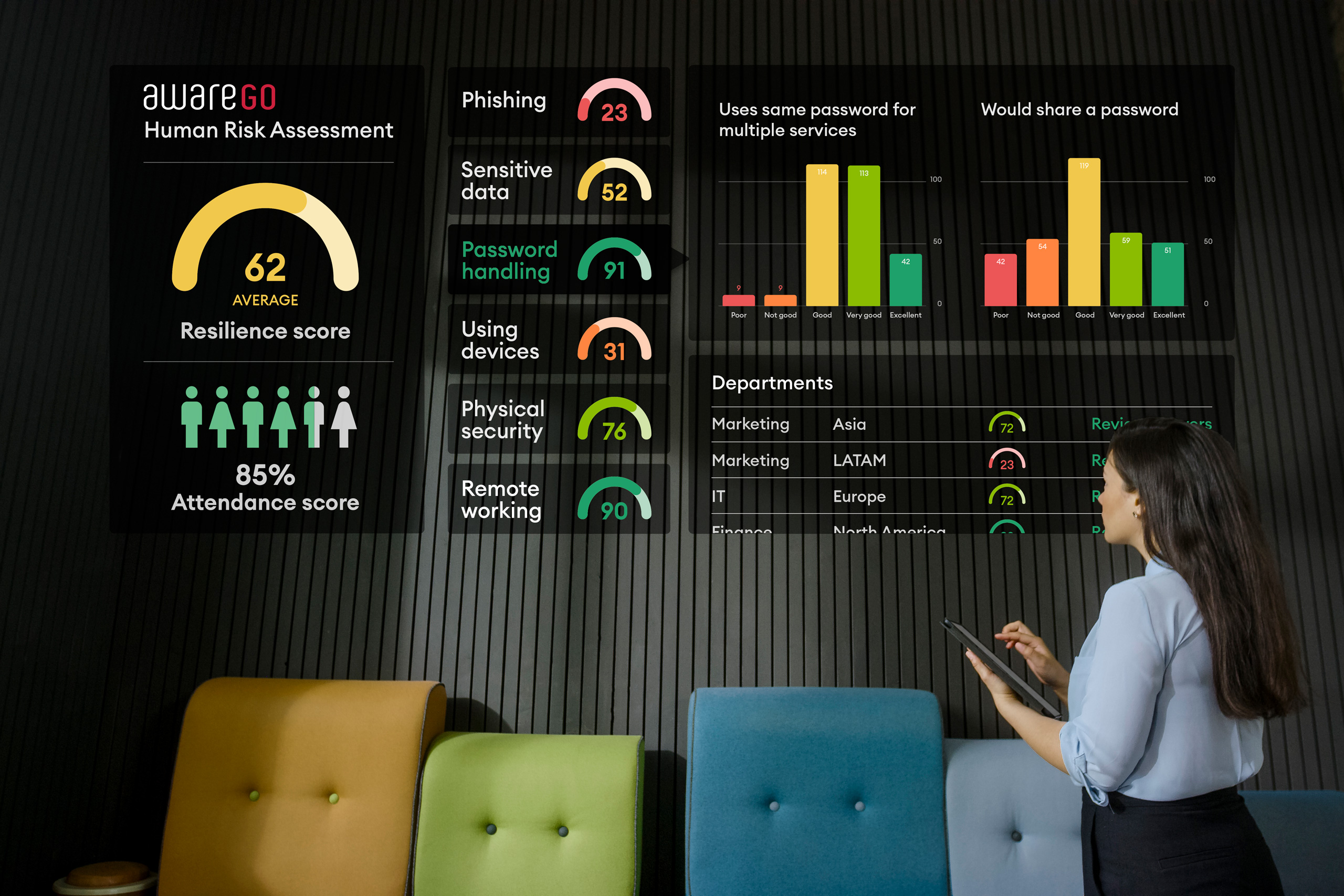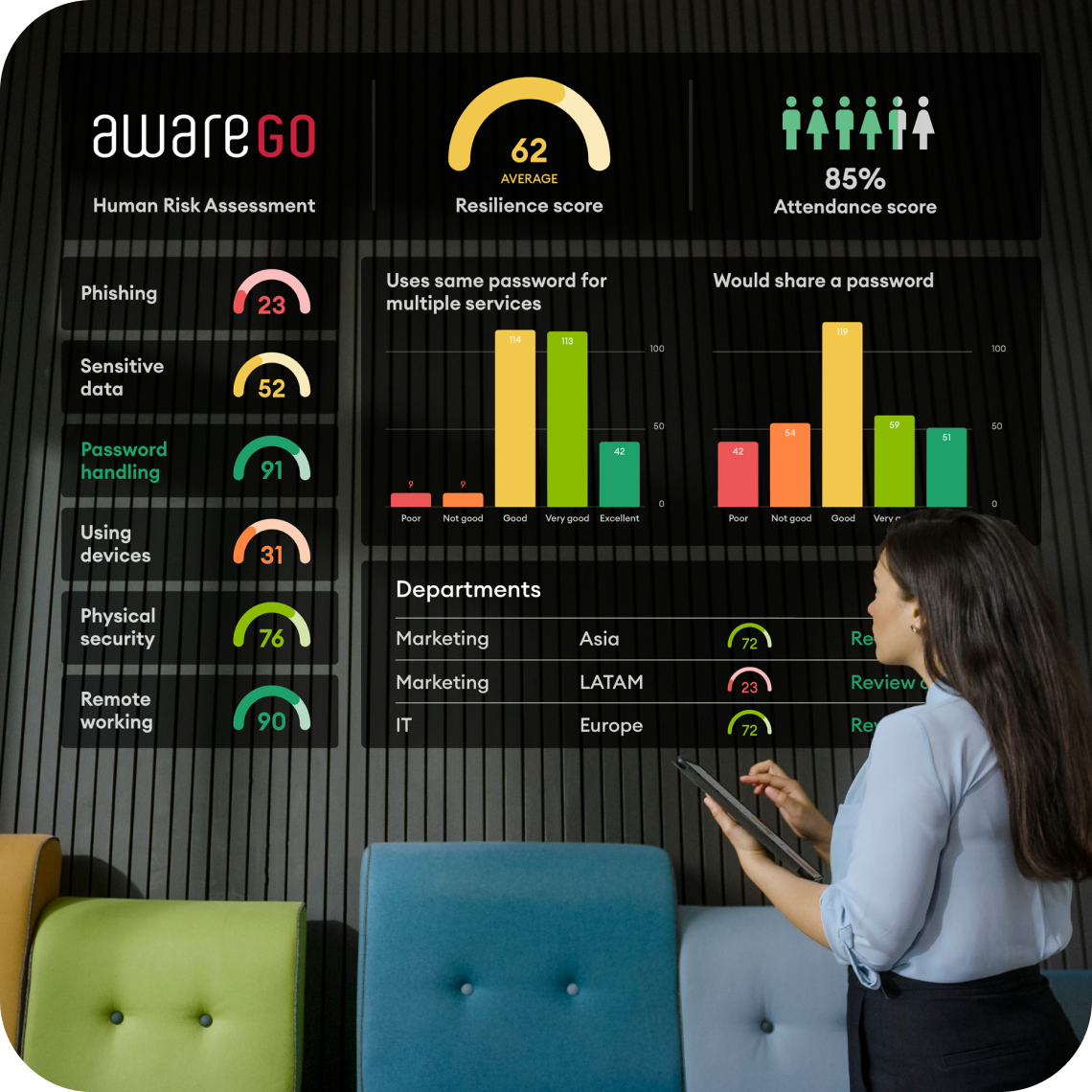Cyber threats continue to grow in sophistication and frequency, making it crucial for businesses to take proactive measures to protect their sensitive data and valuable assets. For decades, companies have focused on deploying cutting-edge technologies to fortify their defenses against cyberattacks. However, the landscape is evolving, and a new paradigm is emerging in the realm of cyber risk assessment services. This transformative shift involves acknowledging the human element as a critical factor in cybersecurity. Chief Information Security Officers (CISOs) are now recognizing the importance of measuring human cyber risk, bringing a novel dimension to the assessment process.
The Evolution of Cyber Risk Assessment Services
Traditional cyber risk assessments primarily centered on technical vulnerabilities within an organization’s infrastructure, software, and network. While these assessments were vital in identifying weaknesses, they often overlooked the human element as a potential point of entry for cybercriminals. As hackers turned their focus to social engineering and phishing tactics, it became evident that employees and individuals within the organization were unwittingly contributing to cyber risk.
The realization that human behavior significantly impacts cyber risk has led to a paradigm shift in the cybersecurity landscape. CISOs and security experts now understand that even the most advanced cybersecurity technologies can be rendered ineffective if employees fall prey to phishing emails, share sensitive information unintentionally, or neglect security best practices.
Understanding the Human Element in Cybersecurity
When we talk about the human element in cybersecurity, we refer to the role individuals play in both mitigating and exacerbating cyber risks. Humans are the architects of security systems, the end-users interacting with technology daily, and potential targets for social engineering attacks. Ignoring this critical aspect can lead to severe consequences, leaving businesses vulnerable to data breaches, financial loss, and reputation damage.
8 Ways to Address the Human Element in Cyber Risk Assessment Services
Behavioral Analytics
Integrating behavioral analytics into cyber risk assessment services enables organizations to monitor and analyze user behavior patterns. This data-driven approach allows companies to identify risky user activities, detect anomalies, and take preventive action before a potential breach occurs.
AwareGO’s Human Risk Assessment measures human cybersecurity risk by testing your employees in a safe, blame-free environment on realistic and personalized scenarios. The assessment provides comprehensive evaluations and actionable insights to help businesses identify vulnerabilities and create a customized strategy to protect against cyber threats.
Employee Awareness and Training
Employees are the first line of defense against cyber threats. Investing in comprehensive awareness and training programs is crucial to educate employees about the latest cyber risks, red flags to look out for, and best practices for safeguarding sensitive information. By empowering employees with the knowledge and tools to recognize and respond to cyber threats, organizations can significantly reduce their overall cyber risk.
AwareGO uses your results from the Human Risk Assessment to create a customized security awareness training program for your team based on your specific vulnerabilities. AwareGO recognizes that the way we learn has evolved, and has created an effortless and fun training program designed around nudge theory and shown proven success in behavioral change.
Insider Threat Detection
Unfortunately, not all cyber threats come from external sources. Disgruntled employees with access to sensitive data or individuals who are susceptible to manipulation may become insider threats. Proactively monitoring user activities and implementing stringent access controls can help detect and prevent insider threats from causing substantial damage.
Human-Centric Security Policies
Organizations should design security protocols with the end-user in mind. While strict security measures may enhance protection, they can also hinder productivity and lead to non-compliance. Striking a balance between security and usability is vital, ensuring that employees follow security protocols without feeling burdened or tempted to circumvent them.
Recognizing that strict security measures can sometimes be cumbersome for employees, organizations should strive to create security policies that are practical, user-friendly, and aligned with daily workflows. A balance between security and usability fosters a cybersecurity culture where employees actively participate in protecting the organization.
Continuous Learning, Accessibility and Adaptation
Cyber threats are continually evolving, making it imperative for organizations to promote a culture of continuous learning and adaptation. Regularly updating training programs and cybersecurity protocols ensures that employees stay abreast of the latest threats and can respond effectively in real-world scenarios.
AwareGO’s cybersecurity awareness training program uses video-based micro-learning content that can be processed intuitively, fast and on the go. The training is integrated into existing workflows so that your team isn’t disrupted throughout the day and can be pushed out over a scheduled period of time. AwareGO also has hundreds pieces of original and relevant content for ongoing training efforts and long-term engagement. You can follow the blog as well to stay up to date on the latest cyber security trends and news.
C-Suite Engagement
The commitment of senior leadership in cybersecurity initiatives is crucial. Cyber risk assessments must involve C-suite executives who can provide strategic direction, allocate resources, and promote a cybersecurity culture throughout the organization. Leadership involvement signals the importance of security and encourages a top-down approach to addressing cyber risks.
Vendor and Third-Party Risk Management
The human element is not limited to internal operations. Many data breaches occur through vulnerabilities in third-party vendors’ systems. Cyber risk assessment services must extend their scrutiny to include vendors and partners, ensuring they adhere to adequate security standards.
Incident Response Preparedness
Human error is unavoidable, and cyber incidents can still occur despite the best preventive measures. Having a well-structured incident response plan is vital to minimize damage and recover quickly from cyberattacks. Regular training and simulations can help employees respond effectively under high-pressure situations.

Incorporating the human element into cyber risk assessment services marks a transformative shift in how organizations approach cybersecurity. As cybercriminals become increasingly sophisticated in their methods, organizations must adopt a holistic approach that encompasses both technological defenses and the human factor. Embracing the human element is no longer a novelty; it is an imperative for organizations to safeguard their digital assets and maintain their competitive edge in the digital age.
Recognizing that employees play a crucial role in defending against cyber threats is a step towards a more comprehensive and effective cybersecurity strategy. By leveraging behavioral analytics to measure and address human cyber risk, investing in employee training, and fostering a cybersecurity-aware work culture, businesses can create a resilient defense against the ever-evolving cyber threat landscape.
AwareGO’s full solution includes human risk management and training to tackle the entire employee cybersecurity lifecycle – assess, train, nudge, test – where cybersecurity and behavioral science work together to change behavior and create a sustainable cybersecurity culture.
We help our clients go beyond compliance by transforming human cyber risk data into insights – and insights into informed action – automatically.
We offer a free trial of our complete solution (no credit card or commitment needed) where you can take a look at all our interactive assessment scenarios, training videos and ready-made programs , to find out if our security awareness training and human risk assessment fit your needs.






